Data Science is one of the fastest-growing branches of computer science. The past five years have been especially crucial for data scientists and big data professionals where the zettabytes of data are being used to amass unknown, unchartered results through finding patterns in the large data sets.
There is a constant need for good Data Science training in the industry as the requirement for responsible data scientists is flourishing. Yet the crack between the business expectations and the results the data scientists are yielding seems to be widening. Why?
Role of Data Science in businesses?
As mentioned, there are zettabytes of data everywhere and the businesses are drowning under this humungous amount of data.
But, of what use is the data if it is untapped and not utilized. So, this is where data science becomes crucial to make meaningful interpretations from the data which essentially helps in business growth.
Here, data scientists who play with data and apply the data science concepts on the big data are nothing short of superheroes who understand the language of big data.
With the help of big data, the data scientists can perform the following tasks for businesses:
- The data scientists are trained to understand the data that stands out. They can identify the outliers and the abnormality is the data easily which can help them predict the probable defaulters across various industries such as, banks, financial organizations, telecom, etc.
- Data Science plays a phenomenal role in the retail market where the recommendation system works like a charm for the businesses. With the help of recommendation systems, retailers like Walmart, Netflix predict the likely product the customer might be interested in.
- Through social media, data science has helped eCommerce businesses build feedback-driven customization of the products.
Is Data Science training the culprit?
While the above-mentioned pointers are a few of the various advantages of data science, it inevitably adds immense value to the businesses. However, the success of the data scientist depends on how well they use the data and how well they are trained.
Of late, the certification courses help you learn data science from scratch until you master the technology. However, when it comes to practical application, the gap is evident.
To bridge this crevice between the theory and practice, enrolling in a good data science certification course is quintessential. A course that elicits various business use-cases, examples, and focuses on exercises and assignments in the modules, is essential for producing skilled data scientists.
Where does the friction arise between data scientists and businesses?
So, is it just a blame game between the data scientists and the businesses or the data scientists are not able to meet the business demands? Let’s check and figure.
According to one side of the story, the data scientists are constantly facing the following issues at work.
- Lack of management/financial support.
- Lack of valid responses from the stakeholders
- Results and findings of the data scientists are not implemented by the businesses.
- Stakeholders oversimplify the efforts and findings of the data scientists.
- They expect nothing short of magic from the data scientists.
And as for the other side of the coin, the business owners/stakeholders keep ranting about their disappointments and the shortcomings of the data scientists.
Businesses complain about the following:
- The money they invest in data science operations.
- No tangible results.
- Lack of proper communication by the data scientists.
- The data science does not provide the right guidance they hope for.
Are the data scientists lagging in terms of competency?
Data Science mainly relies on the art of persuasion by data scientists. Data Scientists are required to be able to learn concepts on the fly. They are usually the masters or Ph.D. degree holders, highly competent in statistics, mathematics, computer science, and with a great deal of industry knowledge.
So, where does the mismatch lie?
- Whether the businesses own it or not, they often hire the wrong level or type of data scientists who often fail to meet the expectations of the stakeholders in the long run.
- As already mentioned in the earlier sections, the businesses expect the data scientists to perform magic. Without any support from their end, and with the lack of proper results the data scientists feel demotivated and end up feeling insignificant and neglected.
- The communication gap between the data scientists and the businesses often affects the data scientists in terms of their capability to produce expected results right from collecting the data through model building.
- Then, the Machine Learning (ML) algorithms are intrinsically very complex, and sometimes the rules that govern the models impede the results.
How to attain the best results through data science?
This is the area which throws light on how the businesses and the data scientists should essentially begin to build the trust and set the achievable areas together.
They should align the goals right from the beginning and thereby attain the best results under the incumbent circumstances.
- When the data science team begins on a project, the stakeholders should provide them with a basic understanding of the problem, context, what they wish to achieve by the end of the project, deadline, etc. in a specific manner for optimum results.
- Once the project is well-defined by the stakeholders, the onus lies with the data scientists to get them a brief snapshot of what they can achieve, they should set a high-level expectation to ensure that both the parties are on the same page.
- Without getting into the nitty-gritty, there are multiple ways in which the data scientists can educate the stakeholders by stating the use cases within or outside the company, dismiss all possibilities of misinterpretations, etc.
- As mentioned, the ML algorithms can be quite challenging sometimes. While they run perfectly while building it, they might fail hopelessly during production. Therefore, it is a good practice to use the historical data from old processes to test them amply before pushing the model to production.
Conclusion:
As an end note, we feel that it is not just right to blame either the data scientists or the training providers. But continuous collaboration and improvement between the data scientists and the businesses can bring unexpected optimistic outcome for the stakeholders and a positive image for the data scientists.
However, that was our conclusion of the circumstances. Why don’t you reply with your comments on who should be blamed for the existing gap between the data scientists and the expectations from the stakeholders for improving the overall results in the data science niche?
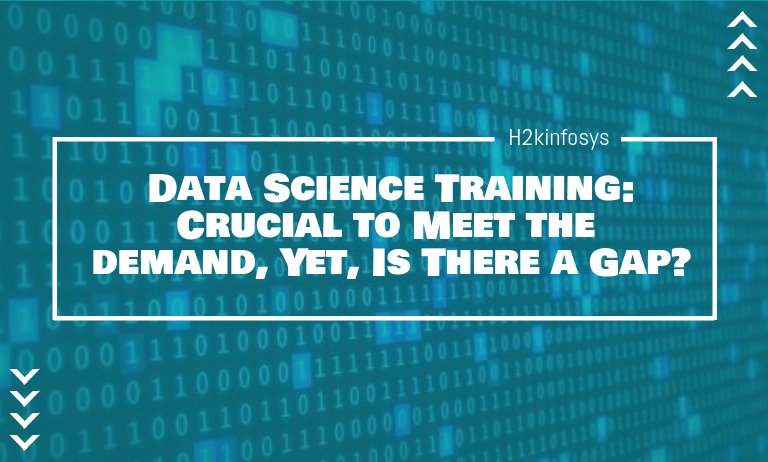








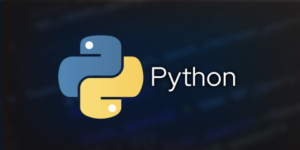
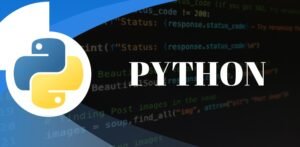
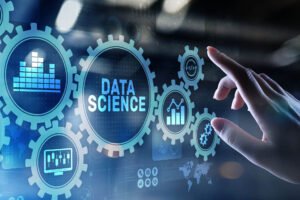
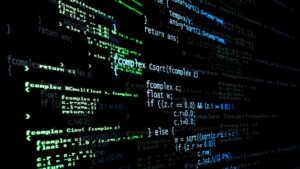

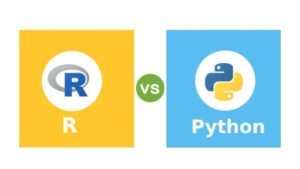


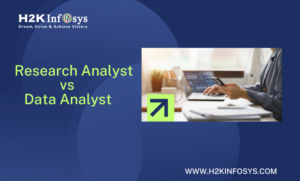












One Response